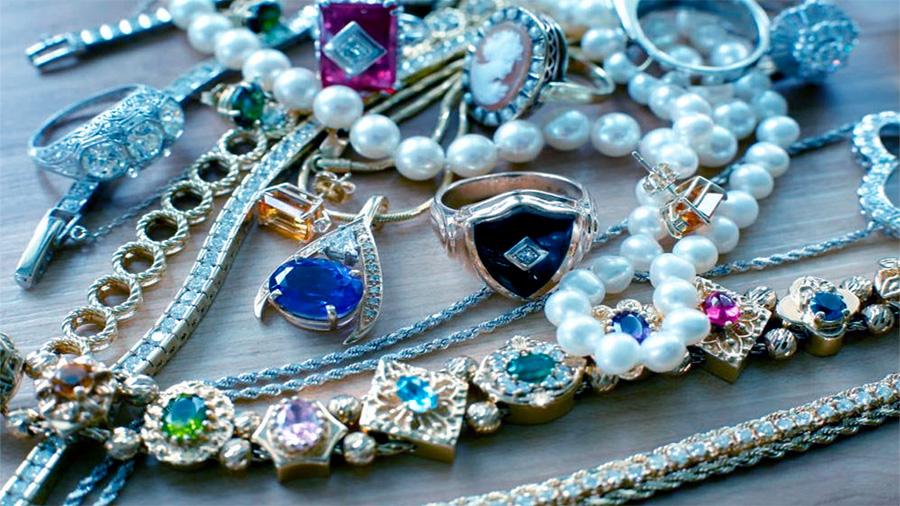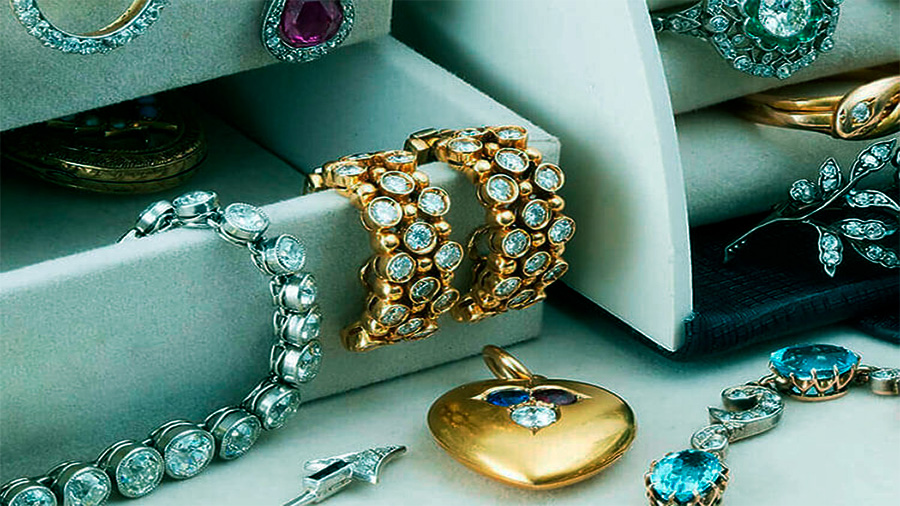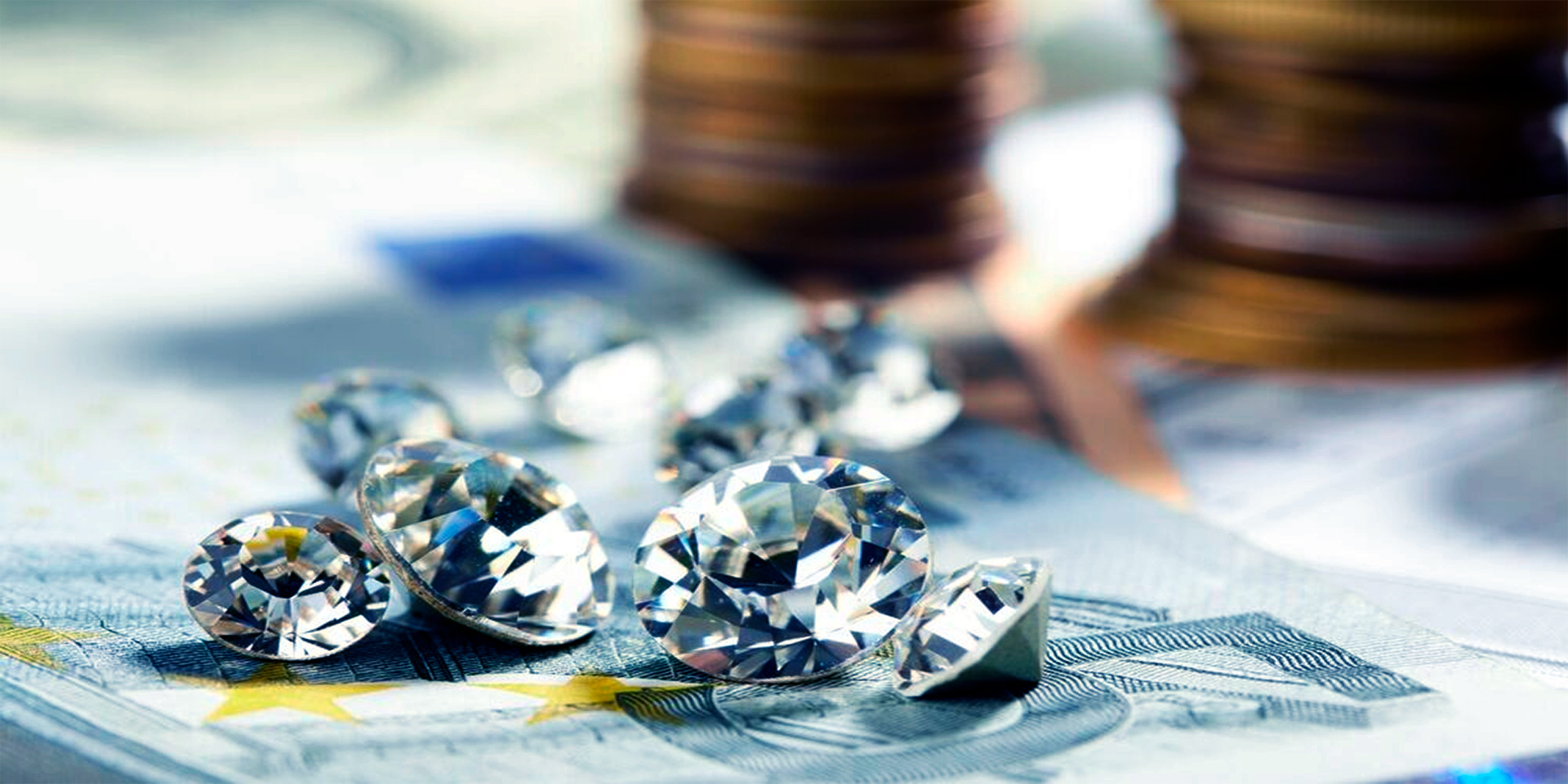Jewelry has long been associated with status, beauty, and wealth. When it incorporates precious gemstones, it transcends its ornamental purpose to become a valuable investment. Luxury jewelry pieces not only serve as wearable art but also as assets that appreciate over time, especially when they feature rare gemstones like diamonds, rubies, emeralds, or sapphires. This article explores the dual-purpose role of gemstone jewelry as an investment vehicle and a status symbol, shedding light on why collectors and investors value these exquisite pieces.
The Dual Appeal of Gemstone Jewelry
Gemstone jewelry uniquely combines aesthetics with intrinsic value. On one hand, it is a symbol of luxury and sophistication, often used to convey status and personal style. On the other hand, it possesses financial value rooted in the rarity and quality of its materials. This dual appeal makes gemstone jewelry an attractive choice for investors looking to diversify their portfolios.
For example, a high-quality diamond necklace not only complements formal attire but also retains value due to the gemstone’s durability and market demand. Similarly, vintage or branded jewelry from renowned designers like Cartier or Tiffany & Co. often commands premium prices in the secondary market.
Key Attributes of Gemstone Jewelry Investments
- Combines beauty with tangible value.
- Retains and often appreciates in value over time.
- Acts as a portable and wearable asset.
This unique blend of utility and value distinguishes gemstone jewelry from other investment assets.
Factors That Influence Gemstone Jewelry Value
The value of gemstone jewelry depends on several factors, including the type and quality of gemstones, craftsmanship, brand reputation, and market trends. Understanding these elements is crucial for investors seeking to maximize returns while enjoying the luxury of ownership.
For instance, the “four Cs”—cut, color, clarity, and carat weight—are critical in determining the value of gemstones. A perfectly cut diamond with exceptional clarity and color will command a higher price than a similar gemstone with flaws. Additionally, the provenance of a piece, such as its designer or historical significance, can significantly boost its value.
Key Factors Affecting Value
- Gemstone quality: The four Cs of the primary stone.
- Craftsmanship: Intricate designs and finishing enhance desirability.
- Brand recognition: Pieces from luxury brands hold higher resale value.
- Rarity: Unique or limited-edition designs are highly sought after.
Investors should carefully evaluate these factors when purchasing gemstone jewelry to ensure long-term appreciation.
Luxury Jewelry as a Status Symbol
Beyond its financial value, gemstone jewelry is a powerful status symbol, reflecting the wearer’s taste, wealth, and social standing. Signature pieces, such as a diamond-encrusted necklace or an emerald ring, often carry symbolic meanings and are used to mark significant life events like engagements, weddings, or anniversaries.
In many cultures, owning luxury jewelry is also associated with prestige and tradition. For instance, in India, gold and gemstone jewelry are integral to weddings and festivals, representing prosperity and family heritage. Similarly, Hollywood celebrities and royalty often don statement jewelry pieces to reinforce their elite status during public appearances.
Examples of Iconic Status Jewelry
- Diamond engagement rings symbolizing commitment and wealth.
- Red-carpet jewelry worn by celebrities to showcase prestige.
- Heirloom pieces passed down through generations as symbols of legacy.
Luxury jewelry serves as both a personal statement and a societal marker of success.
Gemstone Jewelry as a Long-Term Investment
Investing in gemstone jewelry offers the advantage of long-term value appreciation. Unlike other luxury goods that may depreciate, high-quality gemstones and expertly crafted pieces tend to retain or increase their value over time. This resilience makes them a preferred choice for individuals seeking tangible assets with aesthetic appeal.
For example, natural, untreated rubies or blue sapphires from specific origins, such as Burmese rubies or Kashmir sapphires, are considered highly valuable due to their rarity. Vintage or antique jewelry pieces, particularly those with historical significance, also perform well in auctions and private sales.
Benefits of Investing in Gemstone Jewelry
- Rarity ensures steady or increasing demand.
- Holds intrinsic value tied to precious metals and stones.
- Offers liquidity in secondary markets like auctions.
Gemstone jewelry combines financial security with timeless elegance, making it a versatile investment choice.
Challenges in Gemstone Jewelry Investment
While gemstone jewelry offers numerous advantages, it also comes with challenges that investors must navigate. One of the primary concerns is ensuring authenticity and quality. Counterfeit gemstones and misrepresented pieces can lead to significant financial losses. Additionally, market fluctuations and changing consumer preferences can affect resale value.
Another challenge is the subjective nature of valuation. Unlike stocks or real estate, the value of gemstone jewelry often depends on appraisals, which can vary based on expertise and market conditions. Investors should work with reputable dealers and certification agencies to minimize these risks.
Common Challenges
- Authenticity: Risk of counterfeit or treated gemstones.
- Valuation: Subjective pricing based on market trends and appraisals.
- Liquidity: May require time and effort to sell at desired prices.
Addressing these challenges requires careful research and partnering with trusted professionals.

Strategies for Investing in Gemstone Jewelry
Successful investment in gemstone jewelry requires a strategic approach that balances aesthetic appreciation with financial prudence. The first step is thorough research into market trends, gemstone quality, and reputable brands. Understanding the nuances of different gemstones, such as emeralds’ susceptibility to fractures or the value of untreated sapphires, is crucial for making informed decisions.
Investors should also consider diversification, acquiring pieces featuring different gemstones or from various regions. This reduces the risk of over-reliance on a single market segment. Additionally, opting for timeless designs or vintage pieces ensures sustained demand and value retention.
Practical Investment Tips
- Focus on high-quality, certified gemstones from reputable sources.
- Choose timeless designs or vintage pieces with historical significance.
- Diversify investments across different gemstones and styles.
- Work with trusted dealers, appraisers, and certification agencies.
Adopting a thoughtful strategy maximizes the financial and aesthetic benefits of gemstone jewelry investments.
Role of Certification and Provenance
Certification and provenance are critical factors in the gemstone jewelry market. Certificates from recognized organizations like the Gemological Institute of America (GIA) or the International Gemological Institute (IGI) provide assurance of a gemstone’s authenticity, quality, and origin. Provenance, or the documented history of a piece, adds to its value, particularly for antique or designer jewelry.
For instance, a certified Colombian emerald ring will command higher prices than uncertified alternatives due to its verified quality and origin. Similarly, a vintage Cartier bracelet with clear provenance may fetch premium bids at auctions.
Importance of Certification and Provenance
- Ensures authenticity and quality of gemstones.
- Boosts resale value through documented credibility.
- Reduces risk of purchasing counterfeit or misrepresented items.
Investors should prioritize certified pieces with clear provenance to safeguard their investments.

Luxury Jewelry as a Hedge Against Inflation
Gemstone jewelry offers an effective hedge against inflation, as its value is tied to tangible assets like precious metals and rare gemstones. Unlike cash or stocks, which can lose value during economic downturns, jewelry often appreciates due to its scarcity and enduring demand. This makes it a resilient asset class in volatile financial markets.
For example, during periods of economic uncertainty, demand for high-quality gemstones like diamonds and rubies often increases as investors seek stable, tangible assets. This trend underscores the role of jewelry as both a luxury item and a financial safeguard.
Advantages of Jewelry in Economic Downturns
- Acts as a tangible asset with intrinsic value.
- Resists depreciation due to scarcity and high demand.
- Provides a portable and liquid investment option.
Luxury jewelry serves as both an elegant accessory and a reliable financial tool in uncertain times.
The Conclusion
Gemstone jewelry occupies a unique position in the investment landscape, blending luxury with lasting value. As wearable art, it enhances personal style and status, while its intrinsic worth offers financial security and appreciation potential. By understanding market dynamics, focusing on quality and certification, and adopting strategic investment practices, individuals can harness the dual-purpose benefits of luxury jewelry. Whether as a statement piece or a long-term asset, gemstone jewelry continues to captivate collectors and investors alike, offering timeless elegance and tangible value.




